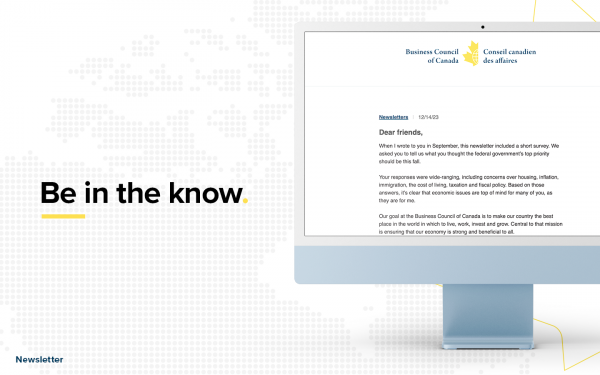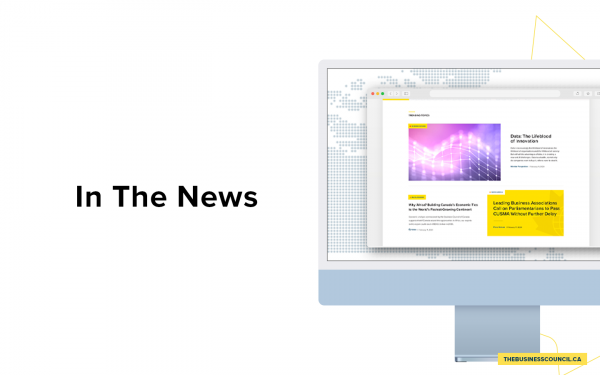Trudeau can’t keep juicing the economy with more spending
As published by the Financial Post
The unexpected pick up in Canadian inflation last month — even if it turns out to be a blip — is a fresh reminder that Prime Minister Justin Trudeau’s government is facing a more perilous economic policy landscape going forward, with difficult trade-offs on the horizon.
The natural economic instinct of this government has been generous budget spending and open international migration.
Yet, Trudeau doesn’t need to look much further than Statistics Canada’s inflation numbers or last week’s call from the G7 for global “de-risking” to see how things are changing.
With the world entering a period of scarcity — from more expensive money to supply constraints — the rationale to juice the nation’s economy is weakening.
The housing crisis is a manifestation of that, as are broader price pressures and the Bank of Canada’s historically aggressive run of interest rate hikes.
Trudeau came to power in 2015 on an anti-austerity platform to reverse his Conservative predecessor’s sluggish growth record which, as the Liberals were quick to remind Canadians at the time, was the weakest since R.B. Bennet was prime minister in the 1930s.
The economics were sound at the time, even if the growth dividend didn’t pay off.
Canada’s economy was demand deficient early in Trudeau’s mandate as commodity prices slumped, while the extra spending helped ease financial stability risks by taking some pressure off the Bank of Canada to stoke growth.
Higher international migration drove gains in labour income and provided support to a housing market that was still largely within reach of affordability. Inflation wasn’t a worry. In fact, the concern for policymakers was it may not have been high enough.
New social programs, meanwhile, allowed the government to make significant strides on equality and redistribution — particularly with respect to lowering poverty.
The Trudeau administration’s weighty policy objectives were synergetic to the economic environment. Policies were rowing more or less in the same direction.
The current post-pandemic environment, though, is no longer as accommodating.
While many policymakers and economists still buy into a moderately optimistic outlook, with continued growth and inflation brought into check, less favourable outcomes are increasingly plausible.
There is a real possibility that inflation and interest rates will remain well above pre-pandemic levels, growth becomes more anemic, budget dynamics worsen and the climate transition proves costly.
Instead of working in concert, the government’s three core economic policy objectives — growth, equity and price stability — could become increasingly in conflict.
For example, increasing immigration is a long-term positive for an economy threatened by aging demographics. And more social spending is typically associated with less inequality.
But higher borrowing costs stoked by large increases in population and government spending will impact disproportionately lower income Canadians and young families, potentially creating divisions and threatening new sorts of inequality.
Add energy transition to the mix and national security issues and the landscape becomes a minefield.
The policy arena will be more ambiguous and the government pulled in multiple directions. Policy paralysis, wasted effort and poor allocation of resources are real risks.
There are certain fundamentals and policy guardrails, however, that can help the government navigate this challenge.
First, policymakers should prioritize growing GDP on a per capita basis and increasing productivity over expanding the overall aggregate economy. Both are important, but the former is where true prosperity lies and where Canada is failing. Masking underlying weakness with gains in national income is just a recipe for stagnant wages. Enhanced productivity also helps dampen inflationary pressures.
Second, toolkits and policy precision matter.
For example, supply side solutions are critical to productivity, but policymakers also need to be cognizant of short-term impacts in an inflationary world. Focusing more on economic migration and temporarily slowing the pace of new entrants to allow housing supply to catch up appears a reasonable solution to the current housing crisis.
Another example is industrial policy, which needs to become more sophisticated. Advanced economies will compete in advanced industries, where there is a concentration of R&D and skilled workers. Quick fixes through corporate subsidies, however, are not the answer. Canada needs a modern science and technology architecture that translates ideas into economic outputs, higher wages and better living standards.
The third guardrail is the most Canadian: be reasonable and pragmatic.
This seems obvious but we should not take this principle for granted, particularly as we rush (rightly) to meet ambitious climate targets. Canada remains a resource economy. The sector pays a lot of bills, keeps our currency stable and government finances flush with cash.
It’s also where any global power we may have as a nation lies. That makes an orderly climate transition paramount.









